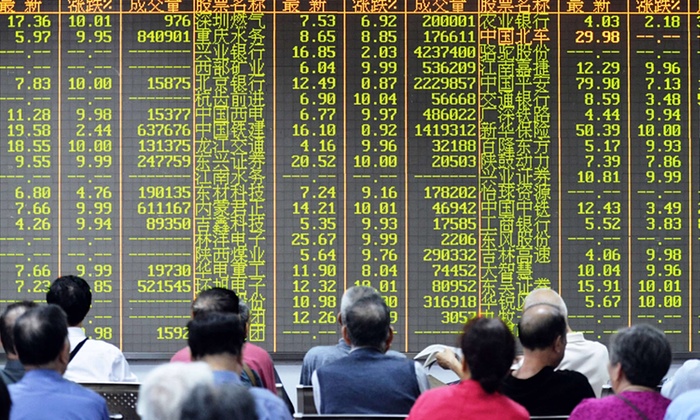The concept of trading can be traded back to ancient times, as it simply refers to the exchange of goods or services between two or more parties. In days gone by, of course, trading was done through the process of bartering, which sees one commodity being exchanged for another.
With this type of simple trading, the risk profile is relatively low, as both parties can simply ask to see and inspect their respective commodities before completing the transaction. However, risk management has become increasingly important in the age of financial market trading, where the speed and volume of transactions and the volatile nature of assets such as currencies can cause sudden price fluctuations.
In this post, we’ll consider the risk-reward ratio of trading in further detail, while asking how this should impact on your investment decisions?

The Purpose of Betting Strategies
For years, people have discussed the correlation that exists between investing and gambling, with one of the main unifying factors being the use of knowledge and strategy to mitigate risk in the pursuit of rewards.
For example, gamblers tend to utilise betting strategies as a way of minimising risk and optimising potential returns, with positive and negative progression techniques widely used across a range of verticals.
In the case of negative progression strategies, gamblers look to increase their stake by a predetermined amount with each consecutive loss, with this relatively high-risk strategy based on the notion of driving lucrative and optimal wins.
Conversely, positive progression strategies see you increase your bet level with every successive win, with this ideal for players with smaller bankrolls and who cannot afford to lose significant sums and would prefer to bank incremental wins over time.
The key takeaway here is that betting strategies can be used to help minimise risk based on the odds and your probability of success, while also informing individual decisions according to the precise size of your capital holdings.
Diversification, Leverage and Liquidity
On a similar note, those who wager on games such as roulette are able to mitigate the risk of loss by spreading their stake across a wide range of betting options, which should highlight the importance of creating a diversified portfolio from the perspective of investors.
Another key factor that impacts on investment risk is liquidity, which simply refers to the ease with which assets can be bought and sold at existing prices.
In the case of major currencies traded through the forex market, for example, the popularity and scale of these assets means that liquidity is never an issue. The same rule applies to prominent crypto tokens such as Bitcoin, although evolving altcoins typically boast far lower levels of liquidity as they continue to grow.
So, by investing in assets of this type, it’s possible to offset risk without necessarily impacting on your potential to achieve a viable return.
Last, but not least, we come to leverage, which refers to the use of a broker’s money rather than your own cash holdings.
More specifically, you can open a margin-based forex trading position with a small deposit amount, while utilising leverage to increase value of the trade and optimise future returns.
While this can lead to inflated gains, however, it may also trigger disproportionate losses, with the latter having the potential to diminish your account completely if you’re not careful.
To optimise the risk-reward ratio when using leverage, we’d recommend utilising so-called “stop losses” to prevent large-scale losses. These tools work by automatically closing positions once they’ve incurred a predetermined level of loss, with this set in accordance with the size and nature of the trade.